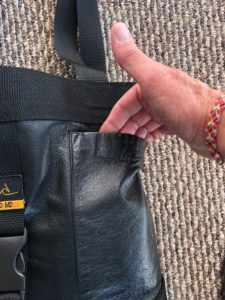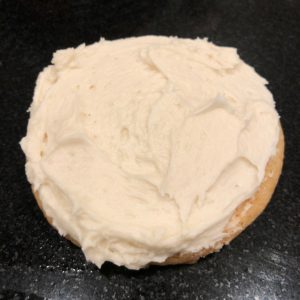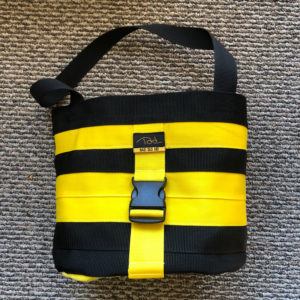I Need a Splint
While I was serving as the Chair of our emergency department, one of my duties was to keep the medical staff advised of certain patients who presented with particularly challenging situations. Here is a memo I wrote to our staff about a man who, after recovering from injuries to his left leg, kept it immobilized in a cast or splint even though his doctors told him it was not in his interest to do so. He continued doing this so long his leg started to suffer from muscle wasting (atrophy) and joint stiffness, which could become irreversible.
This patient may have had some sort of Munchhausen Syndrome, a condition where people misrepresent their illness or even hurt themselves to continue to get medical attention. He also might have been trying to damage himself so he could blame it on his work injury and get permanent disability. Who knows what his motivation was but here is his story, retold in my memo, which I have revised for confidentiality.
Date: 30 October
To: Emergency Physicians and Physician Assistants
From: Dr. Tad
Subject: Mr. Williams
This is a 45-year-old man who, in May, had an operation to repair a left heal fracture. He subsequently suffered a left knee injury at work.
He has been followed by a podiatrist (foot doctor) and an orthopedic surgeon. He has come to our emergency department ten times in the last six weeks saying that, unless his left ankle and left knee are put in a cast, he has too much pain and can’t use his crutches. His knee and heel are apparently completely healed from his previous injuries. Still, he has insisted on having his leg immobilized in a cast or splint for so long that his muscles are wasting away because of atrophy.
One of our doctors took the time to call his doctors. This is what she found: The orthopedic surgeon said that, as the patient became more mobile with rehab and showed significant improvement in his knee injury, he began a pattern of going to the emergency department of another hospital in town and insisting he needed a long leg splint, which he usually got. When the orthopedic surgeon would see him, the splint would be removed, but the patient would be back in the emergency department a few days later. It got to the point that the other emergency department would refuse to put on a splint and send him on his way. That is when he started coming to our emergency department.
His insistence on immobilizing his leg has led to atrophy and joint stiffness. The orthopedic surgeon eventually dismissed him from his care, as the patient would not cooperate with the treatment plan. His podiatrist agreed that immobilization was not in the patient’s best interest and also no longer sees him.
Please keep this in mind as you have occasion to provide medical care to this patient.




















